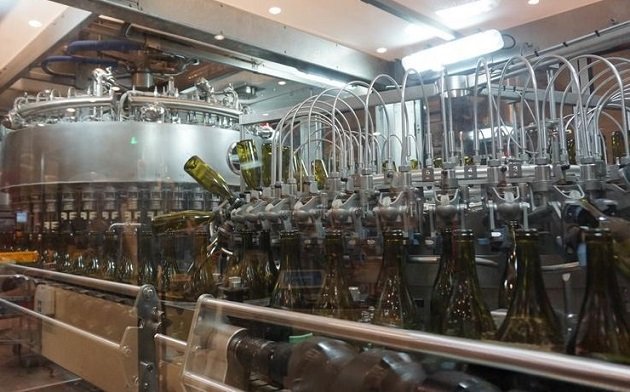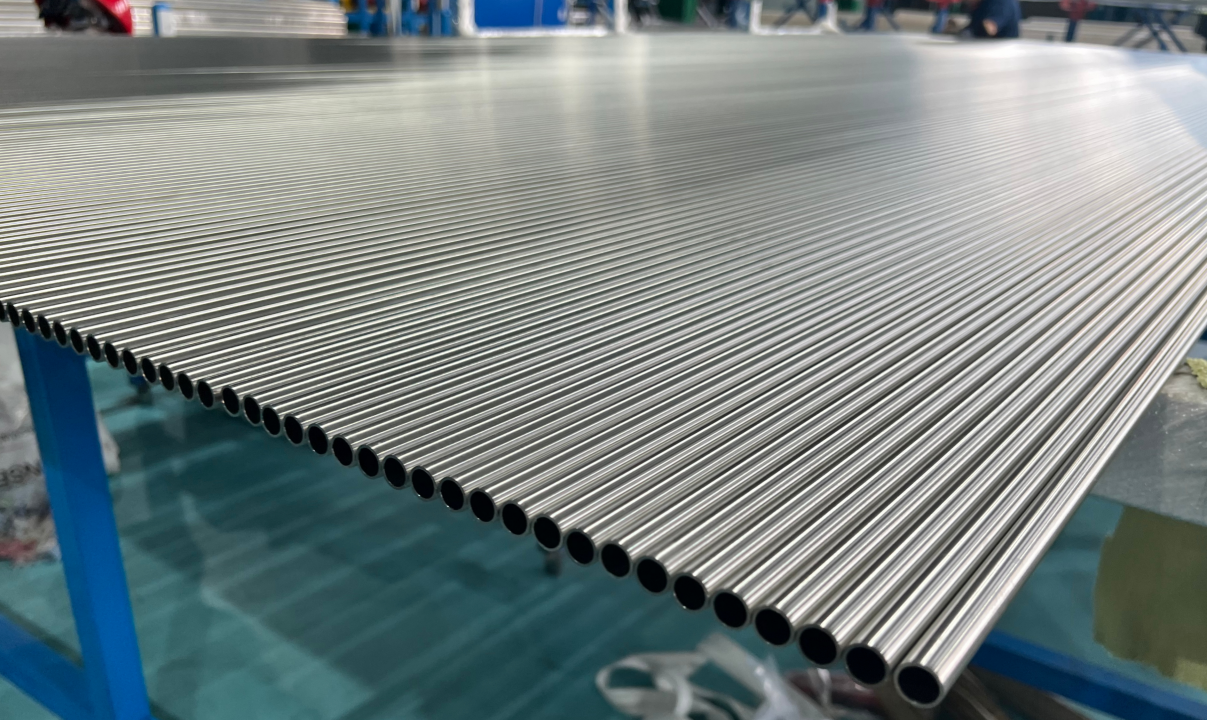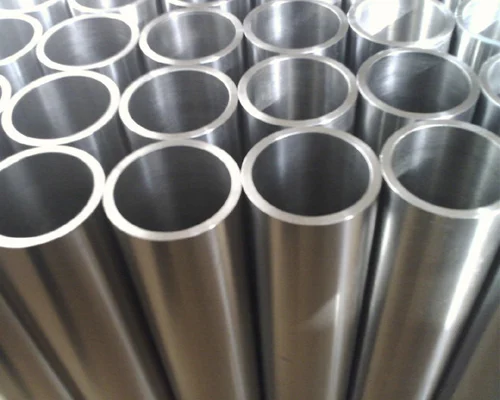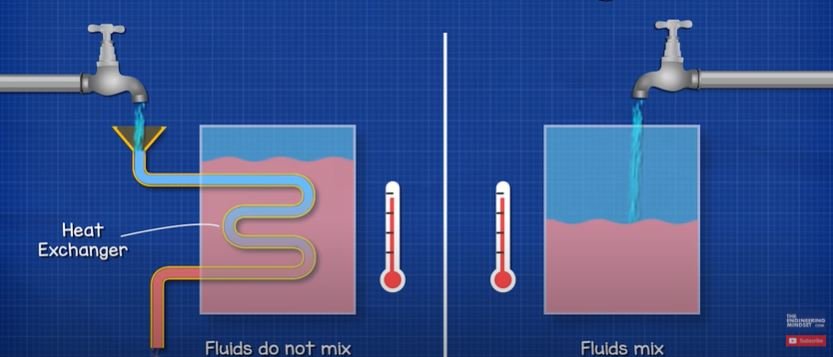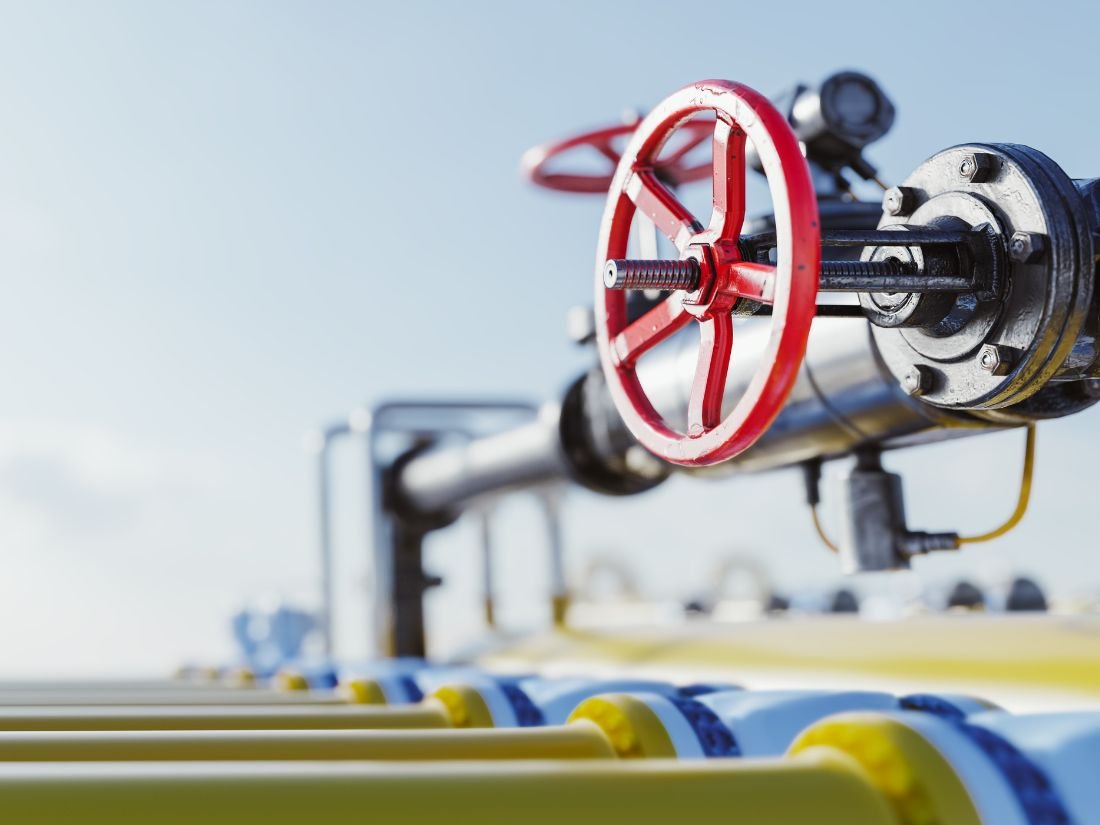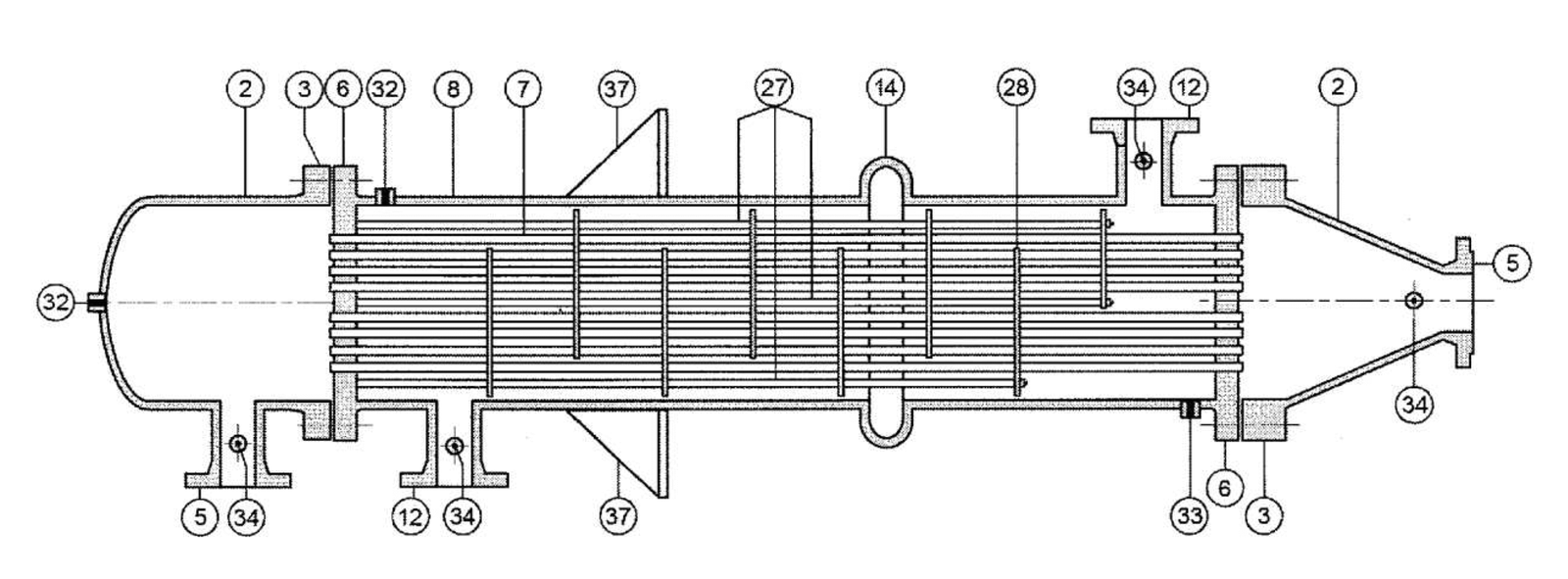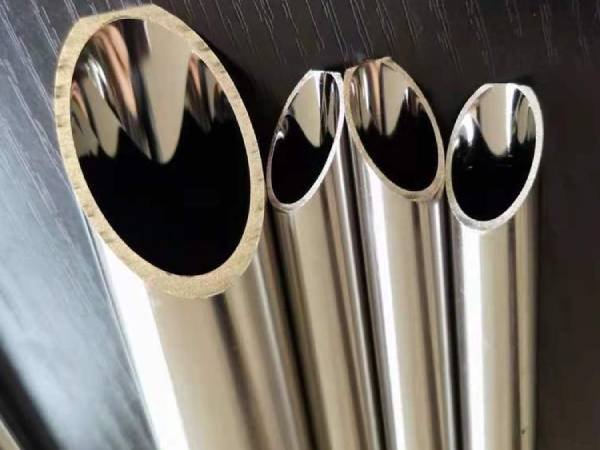Meta Description:
Electropolished (EP) tubing offers ultra-clean surfaces for critical applications. Learn what it is, why it matters, and where EP tubes are essential—from pharma to semiconductors.
Introduction
In industries where surface purity, cleanliness, and corrosion resistance are paramount, electropolished (EP) tubing is no longer optional—it’s a necessity.
Whether you’re building pharmaceutical cleanrooms, semiconductor cooling loops, or biotech reactors, EP tubing ensures the performance, sterility, and durability that standard stainless steel tubes can’t match.
This article explains what electropolishing is, when it should be used, and why it’s the standard in many regulated, high-precision systems.
What Is Electropolishing?
Electropolishing is a controlled electrochemical process that removes a thin layer of metal from the surface of stainless steel tubes.
Unlike mechanical polishing, electropolishing:
- Smooths microscopic peaks and valleys
- Reduces surface roughness (typically Ra ≤ 0.4 μm or better)
- Enhances chromium-to-iron ratio for corrosion resistance
- Improves cleanliness by minimizing biofilm and particle adhesion
Standards: ASTM A967 – Passivation & Electropolishing Guide
Why Use Electropolished Tubes?
1. Improved Cleanability
The ultra-smooth surface reduces microbial adhesion and residue buildup, making cleaning faster and more effective—critical in CIP/SIP systems.
2. Superior Corrosion Resistance
Electropolishing enhances the passive layer by removing embedded impurities and increasing chromium concentration at the surface.
3. Lower Risk of Contamination
In pharma, food, and semiconductor systems, EP tubing ensures that the process fluid does not pick up metallic ions or particulates.
4. Visual & Surface Integrity
EP tubes are aesthetically clean and ideal for visual inspection in transparent or exposed systems.
Where Is EP Tubing Required?
| Industry | Typical EP Applications |
|---|---|
| Pharmaceutical | WFI lines, bioreactors, transfer loops |
| Semiconductor | Cooling circuits, DI water systems, CMP slurry |
| Food & Beverage | Dairy, brewing, juice lines with sanitary loops |
| Biotechnology | Fermentation, media preparation |
| Medical Devices | Sterile environments, diagnostic equipment |
In these industries, EP tubes often comply with ASME BPE, 3-A Sanitary Standards, and FDA GMP guidelines.
DLSS Electropolished Tubing Features
- Seamless TP316L, TP304L, or 1.4404 tubing
- ID Ra ≤ 0.4 µm, OD ≤ 0.8 µm
- ASTM A269 or A270-S2 compliant
- Marked with heat number and EP designation
- Clean-packaged with PE bags, nitrogen purge optional
Frequently Asked Questions (FAQ)
Q1: Is electropolishing the same as passivation?
No. Passivation only enhances the oxide layer; electropolishing also smooths and removes surface impurities.
Q2: Do all clean systems require EP tubes?
Not all—but if you’re handling high-purity water, bioproducts, or reactive fluids, EP tubing is strongly recommended.
Q3: Can welded tubes be electropolished?
Yes, but seamless tubes are preferred for uniformity and performance. DLSS offers EP on seamless tubing as standard.
Q4: What inspection is required for EP tubes?
Surface roughness (Ra), visual inspection, PMI, and optional boroscope inspection for critical systems.
Conclusion
Electropolished tubing is essential in systems where sterility, corrosion resistance, and cleanability are non-negotiable.
It plays a critical role in ensuring long-term system integrity, compliance with regulatory standards, and reduced maintenance effort.
DLSS provides high-precision EP seamless tubing, backed by documentation, testing, and clean-room packaging—ready for deployment in your most demanding applications.
Contact DLSS
Email: info@dlsspipe.com
Website: www.dlsspipeline.com


